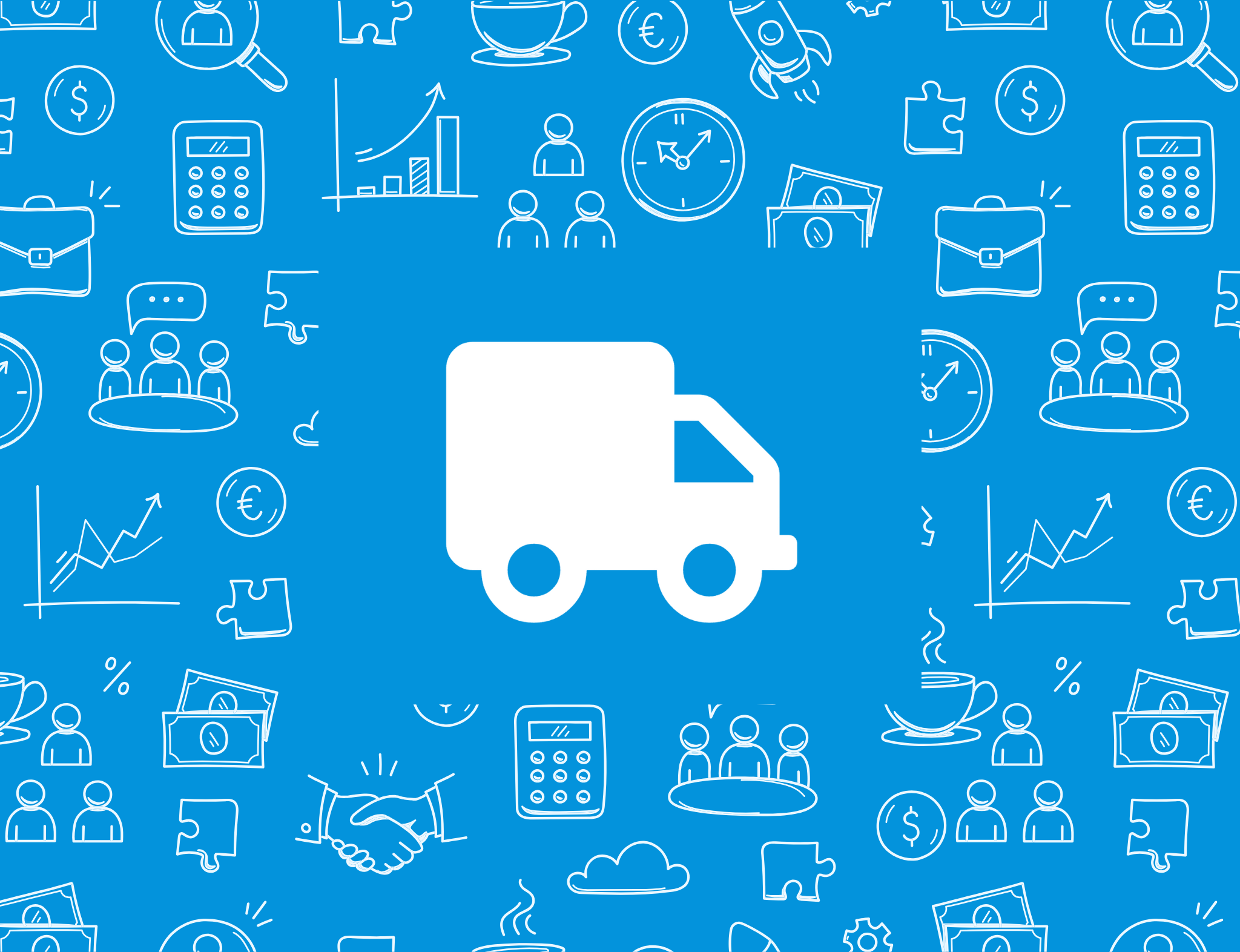For manufacturing and procurement

Automatically fix messy supplier data, production schedules, and inventory reports so they work perfectly with your manufacturing systems.
In the world of manufacturing and procurement, data flows are as complex as the supply chains themselves. From raw material orders to production schedules, from supplier quotes to logistics records, everything depends on structured, accurate, and timely data. Yet a surprising amount of this data still travels through CSV files — and more often than not, those files don’t play nice together.
You might receive BOMs (Bills of Materials) from vendors, equipment logs from production units, or shipment schedules from logistics partners — all in different formats. Trying to stitch these together manually is a productivity killer and a breeding ground for costly errors.
That’s where CSVNormalize.com becomes essential. It’s a tool purpose-built to handle exactly this kind of challenge — allowing you to define your ideal CSV format, and automatically transforming all incoming files to match it. No more manual reformatting. No more spreadsheet nightmares.
Where Inconsistent CSVs Disrupt Manufacturing & Procurement
Let’s break down the key pain points where bad CSVs cause big headaches:
-
Supplier Data Inconsistency: Procurement teams often receive quotes or inventory availability files from a wide range of vendors. But one supplier might list “Part Number” while another uses “SKU”; unit prices may have different decimal formats; quantities might use commas or periods. Without a consistent CSV template, it’s incredibly difficult to compare suppliers fairly or feed data into an ERP or e-procurement tool.
-
Production Planning Friction: Manufacturing schedules and work orders often originate in systems that export CSVs — but they don’t always match your MRP’s (Material Requirements Planning) import structure. Misaligned headers, inconsistent time formats, or missing mandatory fields can lead to failed uploads or inaccurate production runs.
-
BOM & Specification Conflicts: BOMs sent from engineering or external suppliers might list components using different conventions, naming schemes, or measurement units. Feeding this into your manufacturing system without proper standardization leads to production delays, incorrect assembly, or procurement of the wrong parts.
-
Inventory Reconciliation Delays: When warehouse reports or stock takes come in via CSV, but don’t match the format expected by your inventory management system, you’re stuck reconciling them manually — risking stockouts, overstocking, and inaccurate reorder planning.
-
Logistics & Shipping Errors: Freight partners or 3PLs send CSVs with different field names for container numbers, arrival dates, or shipment types. If this data isn’t aligned before entering your logistics dashboard, it can cause scheduling mix-ups and miscommunications.
The Real-World Costs of Data Disarray
You know this already — but it’s worth spelling out:
-
Lost Time: Reformatting vendor or production data in Excel costs valuable hours each week across multiple departments.
-
Bad Orders: A single formatting error can result in ordering the wrong part or the wrong quantity — bringing production to a halt.
-
Missed Deadlines: Inaccurate scheduling or forecasting due to unstandardized data leads to missed SLAs, unhappy customers, and penalties.
-
Quality Risks: Misinterpreted BOMs or spec sheets can result in faulty assemblies — with long-term consequences for product quality and brand reputation.
How CSVNormalize.com Optimizes Industrial Data Workflows
With CSVNormalize, your team regains control over messy industrial data:
-
Define Precise Templates: Specify the exact format your systems require — from ERP imports to vendor comparison templates. Set column names, orders, number/date formatting, and even allowable value ranges.
-
Ingest Data from Any Source: Upload CSVs from suppliers, warehouses, freight providers, or production units — no matter how inconsistent.
-
Standardize Automatically: CSVNormalize instantly transforms each file to match your required format, ensuring uniformity, flagging errors, and eliminating inconsistencies.
-
Use or Share with Confidence: Output standardized CSVs ready for upload to ERP, SCM, PLM, or analytics tools — no need to touch Excel.
Who Wins in the Manufacturing & Procurement World?
-
Procurement Officers: Compare supplier quotes apples-to-apples by standardizing CSV inputs. Feed clean data into purchasing workflows faster.
-
Production Planners: Avoid work stoppages caused by bad CSV imports. Ensure production schedules and work orders align perfectly with system templates.
-
Warehouse Managers: Streamline inventory updates and reconciliation using clean, validated CSVs — reducing data entry errors and stock mismatches.
-
Logistics Coordinators: Harmonize shipping data from multiple partners for smoother inbound and outbound operations.
-
ERP & IT Admins: Reduce CSV-related failures and manual cleanup during system migrations, integrations, or data consolidation projects.
The Future of Industrial Operations Runs on Clean Data
Your factory, your supply chain, your procurement workflows — all depend on accurate CSV data arriving in the right format. Don’t leave that to chance. CSVNormalize.com makes sure the data you rely on is always clean, always compatible, always ready.
Bring order to the chaos. Save time, cut costs, and eliminate operational risks — starting with your CSVs.